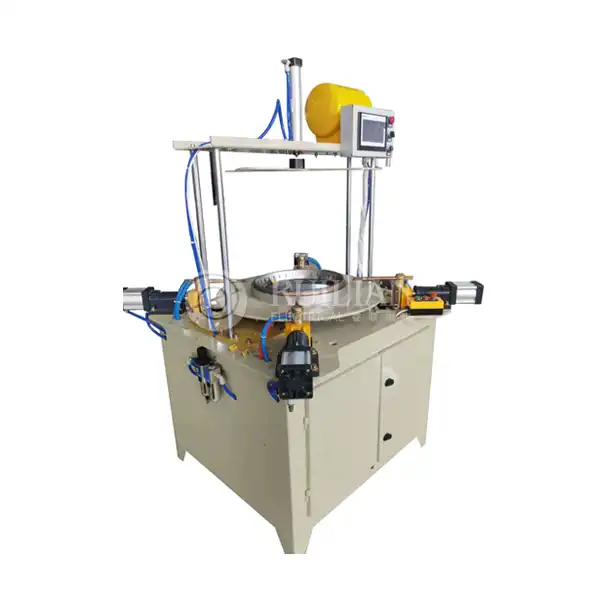Exploring Welding Machine Power Consumption
The electricity consumption of a welding machine can vary widely depending on several critical factors. These include the type of welding process being used, the specific machine's design and power ratings, and the scope and complexity of the welding job. In general, welding machines can consume anywhere from 1 to 50 kilowatts per hour (kWh), with the majority typically falling within a range of 5 to 15 kWh.
For example, arc welding machines, which are the most commonly used in various industries, generally draw between 5 to 7 kWh during operation. These machines are favored for their simplicity and effectiveness in welding a wide variety of materials. MIG (Metal Inert Gas) welders, known for their flexibility and ease of use, usually consume slightly more power, typically in the range of 6 to 10 kWh. MIG welders are popular for tasks that require fast, continuous welding with minimal cleanup.
TIG (Tungsten Inert Gas) welding machines, which offer greater precision and are used for more delicate or high-quality welding jobs, tend to consume less power. These machines typically use between 3 to 5 kWh, making them an energy-efficient choice for detailed work on thinner materials.
However, when considering larger, more specialized equipment, such as the Automatic Drum Body Welding Machine, power consumption can be considerably higher. These machines are typically designed for high-volume, automated production, and often feature multiple welding heads and additional systems that increase energy use. The automated nature of these machines, which often requires additional cooling, robotics, and monitoring systems, contributes to significantly higher electricity demands, making them a more energy-intensive option for large-scale manufacturing operations. Therefore, the total power consumption can vary greatly depending on the specific needs and design of the welding process.
Factors Influencing Welding Machine Electricity Consumption
Several variables affect the amount of electricity a welding machine uses:
1. Welding Current: Higher amperage settings lead to increased power consumption, as more energy is required to generate the necessary heat for welding thicker materials. For example, the automatic spot welding machine may require significantly higher currents to effectively weld heavy-duty metal drums, ensuring strong, durable joints. This elevated power demand is essential for penetrating thick metals and achieving the desired weld quality.
2. Duty Cycle: This refers to the percentage of time a machine is able to run at its maximum output during a 10-minute interval. Machines with higher duty cycles are designed to operate continuously or for longer periods at full capacity, which means they draw more power over time. As a result, these machines typically have higher energy consumption, especially when used for extended durations or demanding tasks, as they maintain peak performance levels for longer periods without frequent pauses or cool-downs.
3. Welding Process: Different welding techniques come with distinct power requirements based on the complexity and scale of the process. For instance, manual welding methods typically consume less energy compared to automated processes. Automated systems, like those used in drum body welding, often involve multiple welding heads, robotics, and additional equipment for precision and speed, all of which contribute to a higher and more specialized energy profile.
4. Material Properties: The thickness and composition of the metal being welded influence power needs. Welding drum bodies often involves working with thicker materials, necessitating more power.
5. Machine Efficiency: Modern welding machines, including advanced Automatic Drum Body Welding Machines, often incorporate energy-saving features that can significantly reduce power consumption.
Understanding these factors is crucial for optimizing energy usage in welding operations, particularly when dealing with specialized equipment like Automatic Drum Body Welding Machines.
Optimizing Energy Efficiency in Welding Operations
While welding inherently requires significant energy input, there are several strategies to enhance efficiency and reduce electricity consumption:
1. Choose the Right Machine: Select a welding machine that matches your specific needs. For drum body welding, an Automatic Drum Body Welding Machine designed for energy efficiency can lead to substantial power savings.
2. Regular Maintenance: Well-maintained equipment operates more efficiently. This is particularly important for complex machines like automatic welding machines, where multiple components need to function optimally.
3. Optimize Welding Parameters: Fine-tuning welding parameters such as current, voltage, and wire feed speed can significantly impact energy consumption. This requires skilled operators, especially when working with specialized equipment.
4. Implement Power Factor Correction: Installing power factor correction devices can help reduce reactive power consumption, which is particularly beneficial for large welding setups.
5. Use Energy-Efficient Lighting and Ventilation: In welding workshops, ensuring proper lighting and ventilation with energy-efficient systems can contribute to overall energy savings.
6. Train Operators: Proper training ensures that welders use equipment efficiently. This is crucial when operating complex machines like Automatic Drum Body Welding Machines, where improper use can lead to energy wastage.
7. Invest in Modern Technology: Newer welding machines, including advanced Automatic Drum Body Welding Machines, often incorporate energy-saving features like inverter technology and smart power management systems.
By implementing these strategies, businesses can significantly reduce their energy costs associated with welding operations, including those involving specialized equipment like Automatic Drum Body Welding Machines.
Conclusion
In conclusion, understanding the electricity consumption of welding machines is crucial for managing operational costs and environmental impact. While machines like the Automatic Drum Body Welding Machine may have higher power requirements due to their specialized nature, the principles of energy efficiency apply across all welding operations. By choosing the right equipment, optimizing processes, and implementing energy-saving measures, businesses can significantly reduce their electricity consumption without compromising on weld quality or productivity.
For more information on energy-efficient welding solutions, including resistance welding machines and other specialized equipment, please contact us at ry@china-ruilian.cn or visit our website at www.rlseamwelding.com. Our team of experts is ready to help you optimize your welding operations for maximum efficiency and productivity.












